Isla Cowan is one of Scottish theatre’s up-and-coming voices.
The Edinburgh-raised playwright and director’s barricade-storming one-woman show She Wolf premiered at last year’s Edinburgh Fringe and went on to land both the festival-linked Assembly ART Award and the prestigious Alpine Fellowship Theatre Prize.
That work was about a young professional who bites back after being cornered into a fury of class-fuelled frustration, and Cowan’s all set to go for patriarchy’s jugular again when her latest exploration of isolation gets its world premiere tonight.
Commissioned by Pitlochry Festival Theatre, the suspenseful To The Bone unfolds in a secluded rural cottage in Highland Perthshire – a choice of setting described as “definitely purposeful” by its author.
“It was almost a year ago that I had a meeting with Pitlochry’s artistic director Elizabeth Newman and producer Deborah Dickinson, who’d read my previous work,” says twenty-something Isla.
“They wanted me to write a play for their Studio theatre, which is perfect for a one-room drama. It’s got an audience on three sides and it feels very intimate and intense.
“Elizabeth directed me to some local folk tales and the history around the area – we were both on the same page in terms of wanting to engage with the locale in that way – but I was quite drawn to the modernness of moving to the countryside.”
Moving to the country became post-Covid trend
Inspired by Cowan’s experiences of grief, as well as the politics of home ownership, To The Bone follows a professional couple who leave urban living behind to start again.
“Being a city girl myself I’ve always felt drawn to places like Pitlochry, the space and nature,” Isla explains.
“Following coronavirus there were a lot of people who moved out of the city to more rural areas craving that environment, but the play turns that on its head.
“I’m challenging my own stereotypical notions of what country living might be like. Beth and Alf have been together 10 years and they’ve got problems in their relationship and they think that moving will be their fresh start, but nothing goes to plan.
“They abandon each other, and the house. So the play itself starts eight years later when Beth has returned to their supposed dream home and she’s surprised by what she finds there.
“She’s gone with the intention of getting a recce of the place to be able to sell it, but she finds that Alf is still living there. So the play asks who has the right to a place – is it the person who’s paid for it or the person who cares for it?
“Then it becomes more about memory and ownership of the past, all played out in continuous real time.”
Cowan sees herself in main character Beth
Cowan has previously described her work as “ecofeminist”, and this latest play can be confidently labelled as such.
“That’s a sort of shorthand for expressing the way my work is interested in ecology and environment, as seen through a feminist lens,” she adds.
“All three characters – but predominantly Beth – have a connection to the place, and they engage with its flora and fauna. There’s also a focus on the mould in the house, so there’s an emotional connection between the ecological decay and the ruins of the relationship.”
Beth, played by Rachael McAllister, is a character that Isla feels a particular affinity with.
“I was very keen to portray a female character who has financial power,” she says.
“Quite often in domestic dramas we see women as housewives and home-makers in that traditional sense and I really wanted to challenge that by Beth being a more career-driven, money-earning character than Alf – so there’s a challenging of conventional gender roles.”
The third protagonist, Vee, appears later, and Cowan is unwilling to give too much away about her.
“She’s a character who has more recently forged a connection to this house and also has a contending relationship with it,” she reveals.
“We see her presence adding an extra sense of pressure to Alf and Beth’s broken-down relationship. There’s potentially a sort of new blossoming relationship with Alf and Vee, so there’s a sense of that as well.”
If walls could talk…
Adding to the play’s enigmatic nature, Isla says the cottage it’s set in can almost be seen as another character in itself – underlining the sense of haunting that prevails.
“The house is doing a lot of work,” she explains.
“It’s holding a lot of tension and my hope is that we feel its presence throughout.
“In many ways the real tension is between the characters and the house. That’s where the drama lies – it’s an agent in of itself. The non-humans parts of that – the mould, the weeds, all this vegetation that we hear about in the dialogue – also act as a force in the drama as well.”
Isla worked closely with Fife-raised Sam Hardie to make To The Bone the play she always hoped it would be. “We’ve got a lovely set that’s been designed by Sam,” she adds.
“Part of our early discussions when we were talking about rehearsing and designing the play was this idea that it would be stripped to the bone.
“The bareness of the play was really important in terms of how we staged it, thinking about the power of the emotion of it.
“I’ve been very lucky that Sam facilitates a wonderfully welcoming rehearsal room, which has meant we’ve been able to make a really powerful and cohesive work that relies a lot on a pressure cooker model of drama.
“There are moments when the emotion of it feels epic, so it’s like a big play in small packaging, and political within that, and that’s what I find the most exciting in theatre.”]
To The Bone will run at Pitlochry Festival Theatre from August 18 to September 29. pitlochryfestivaltheatre.com
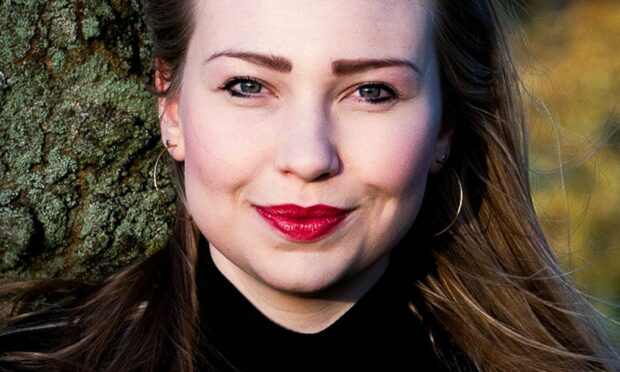
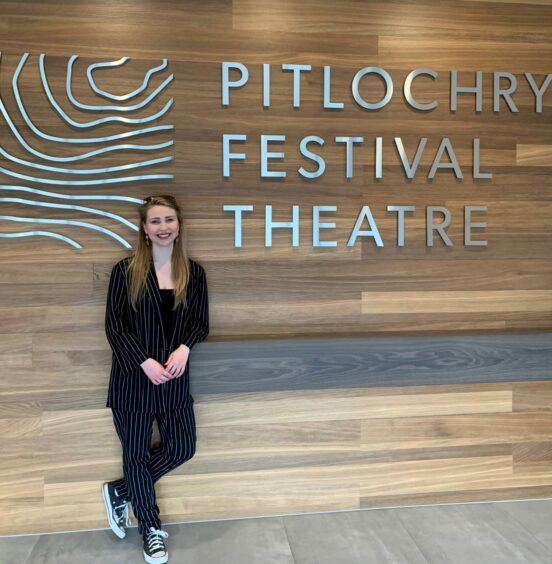
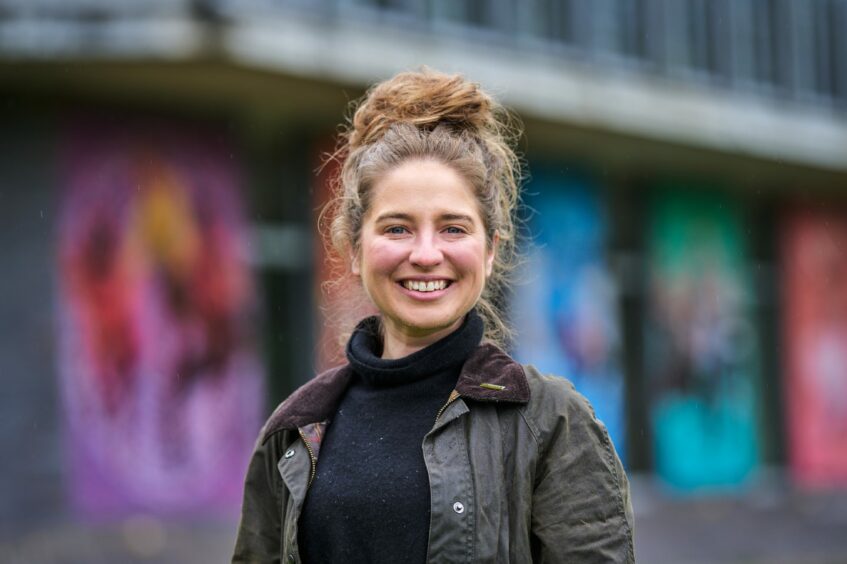
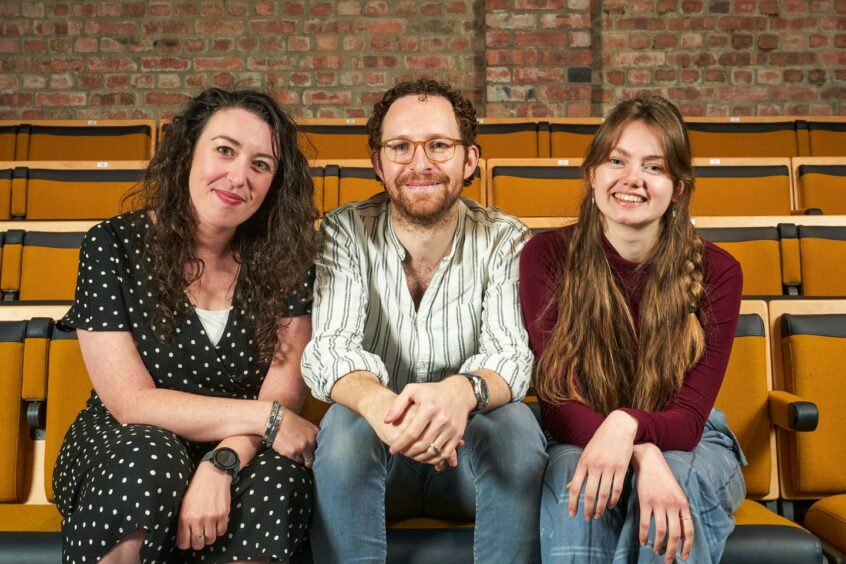

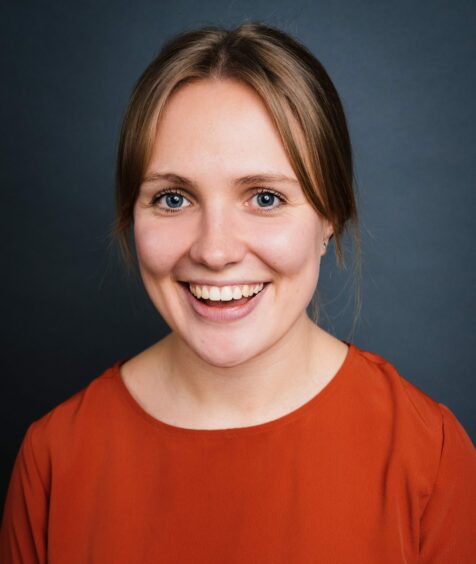


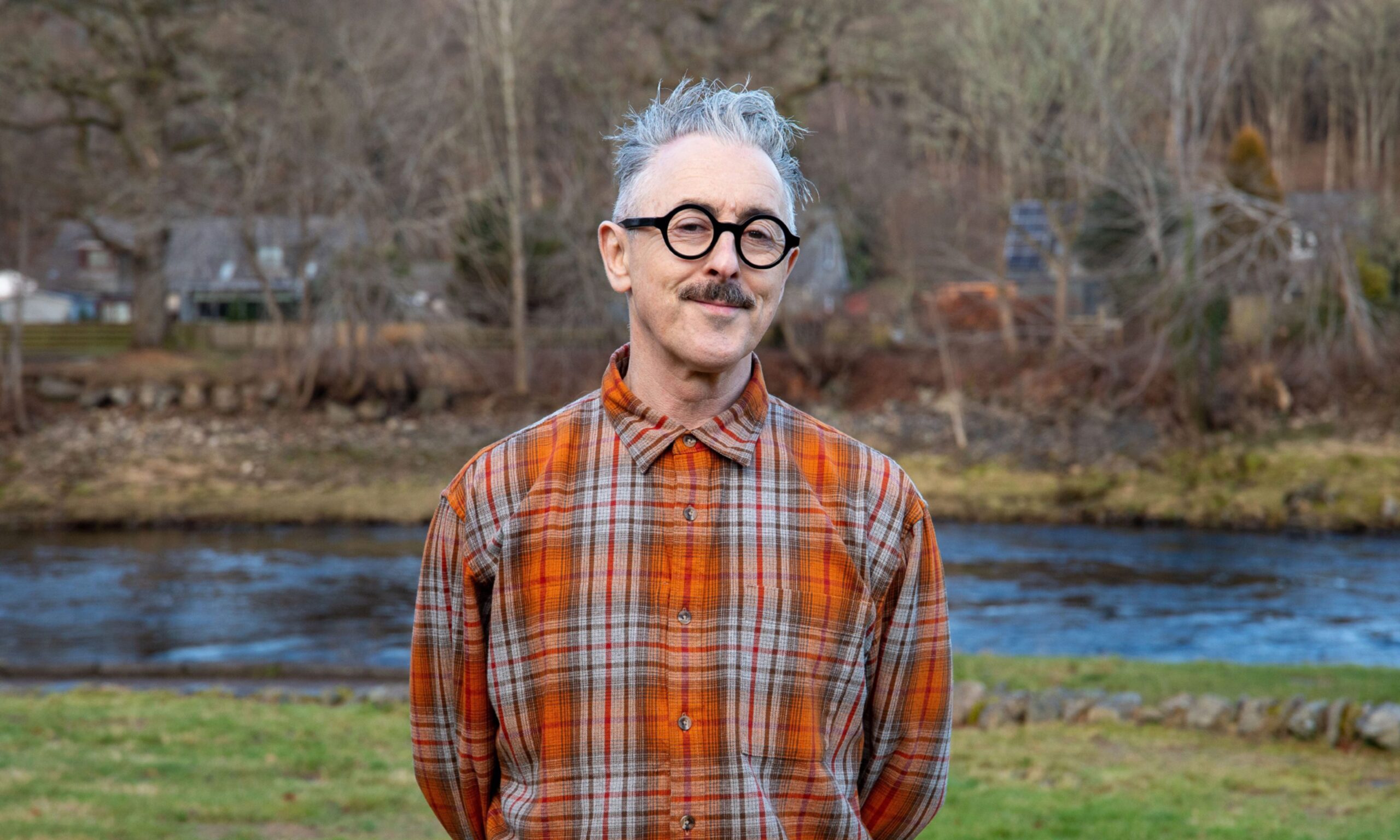
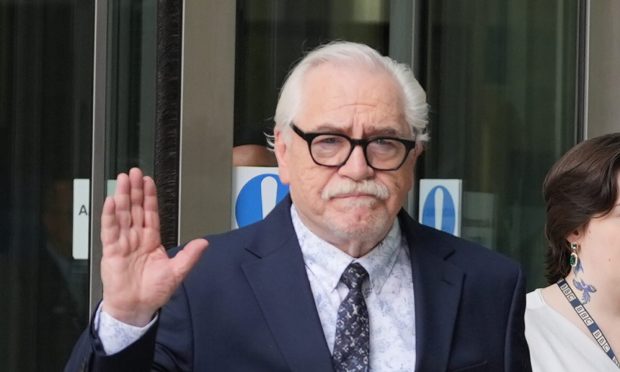
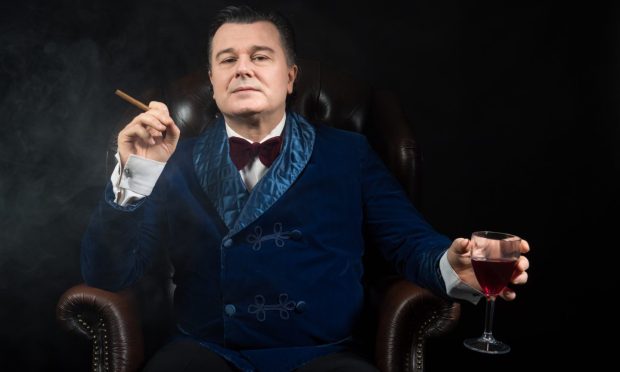
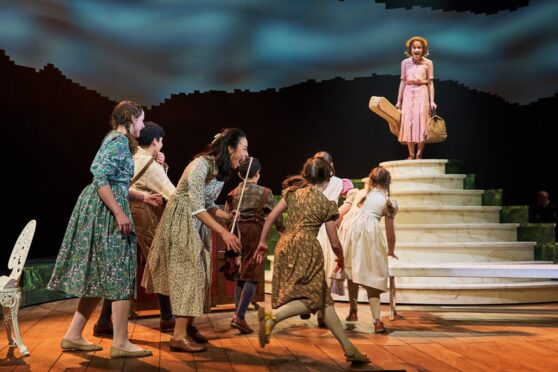

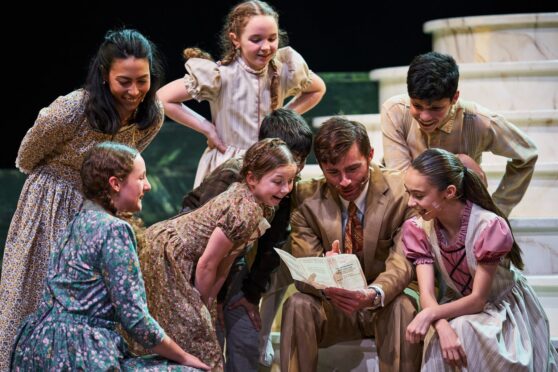
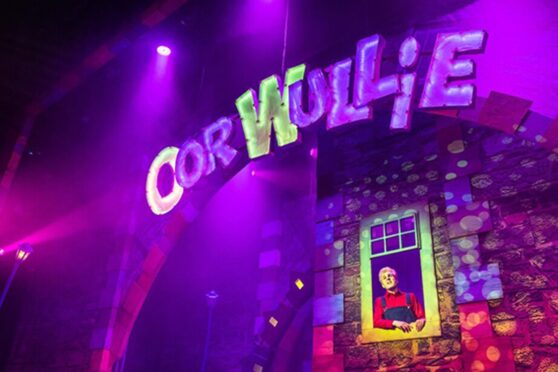
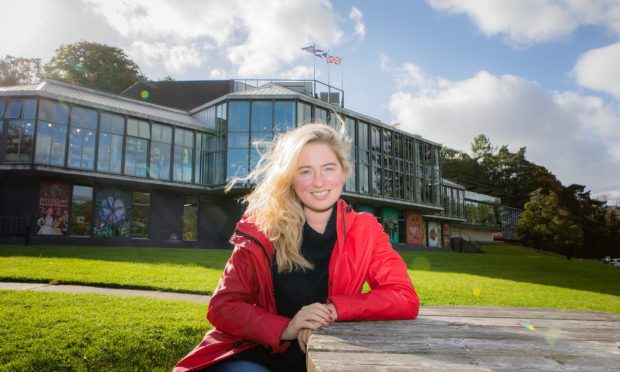
Conversation